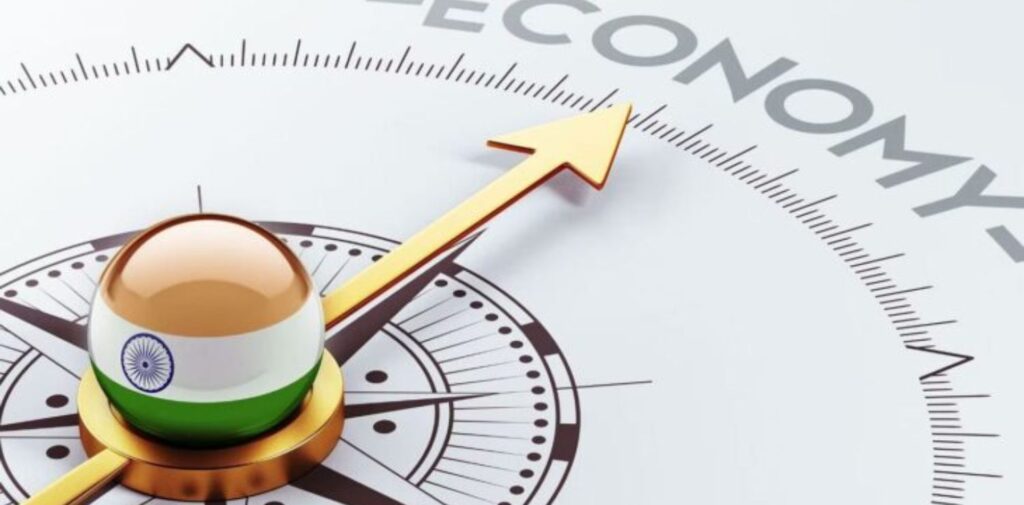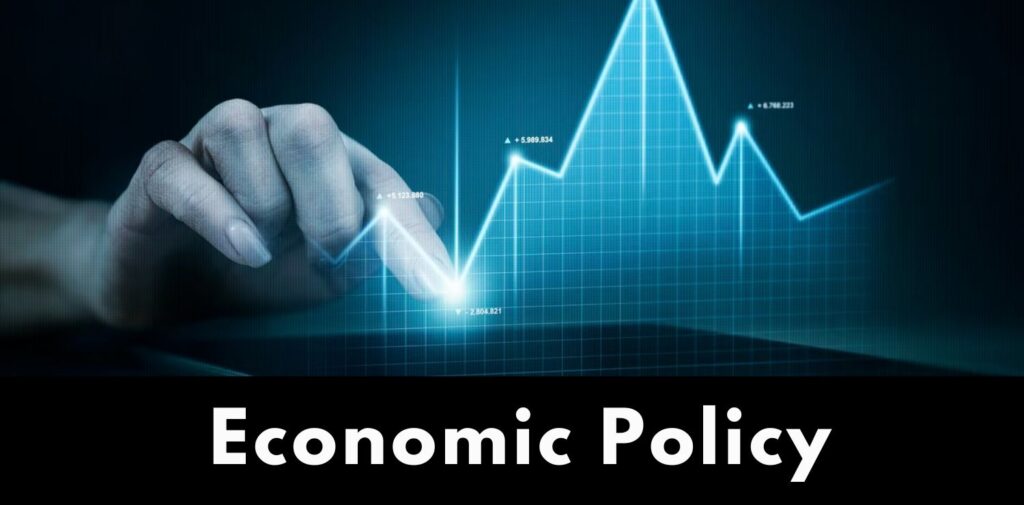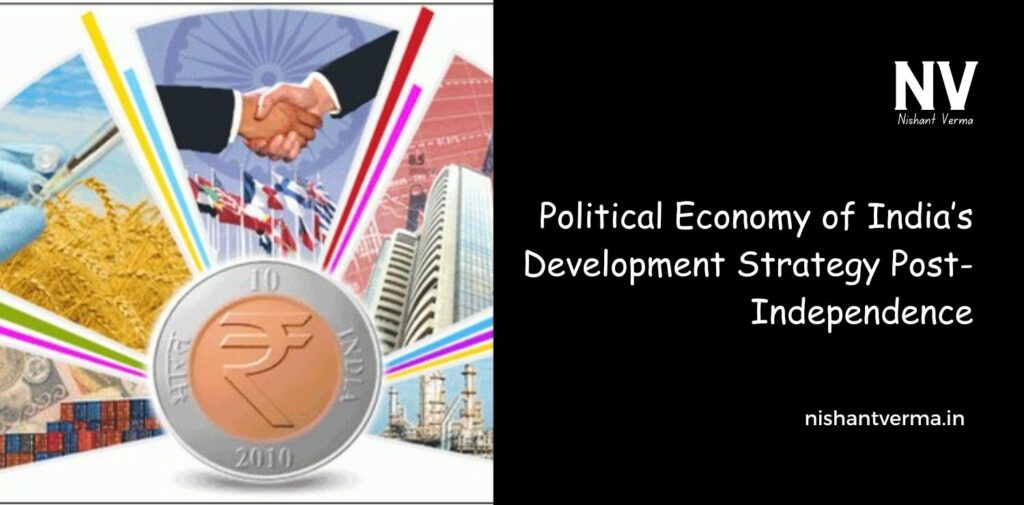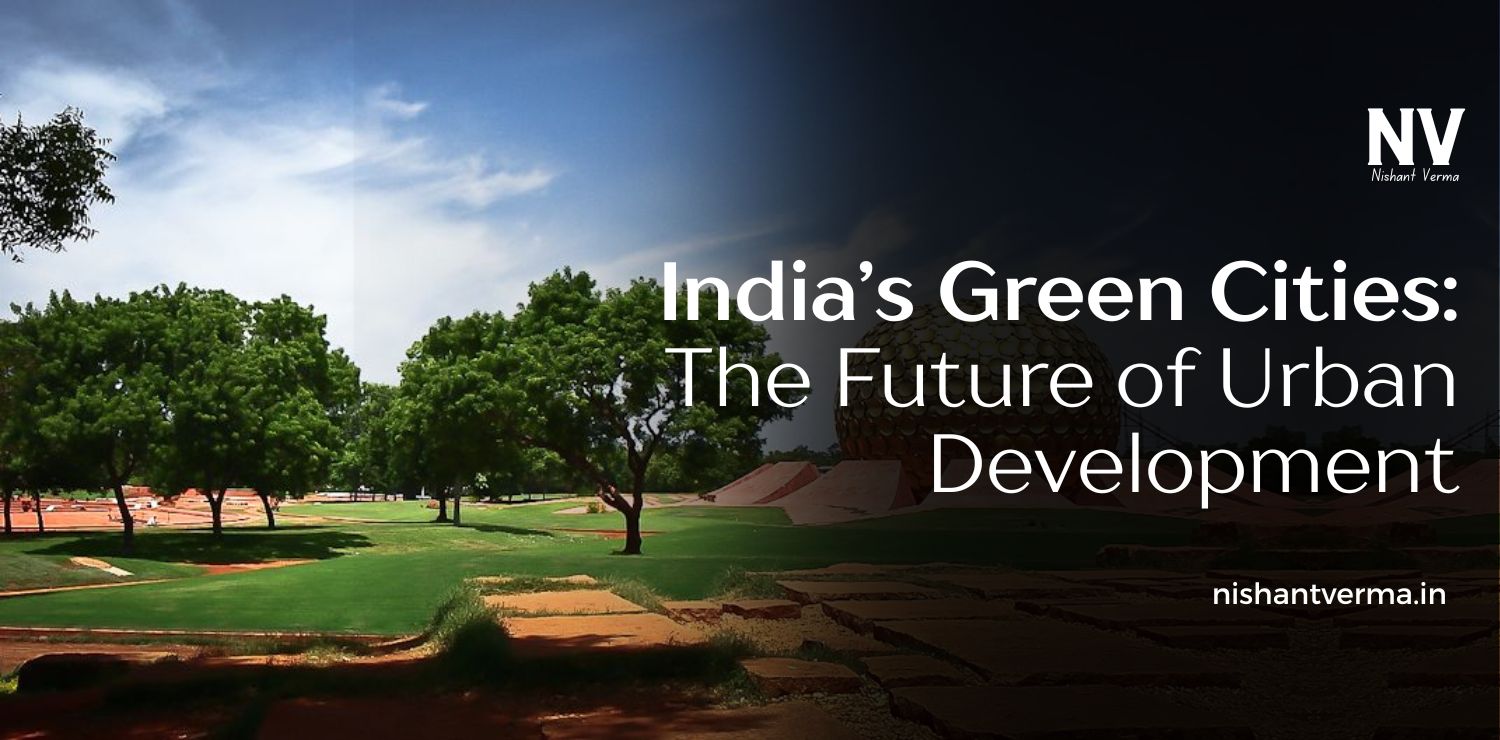India gained its independence from British rule in 1947, and since then, the country has worked hard to shape its economy and improve the lives of its people. The journey of India’s economic growth and development after independence has been shaped by many factors, including political decisions, policies, and global events. In this article, we will explore how India developed Political economy after gaining independence, the strategies it followed, and the challenges and successes it faced.
The State of India’s Economy at Independence
When India became independent in 1947, it inherited a weak economy. The British colonial rule had left India in a state of poverty. Most people lived in villages and depended on farming for a living. Industries were underdeveloped, and many regions lacked basic infrastructure like roads, electricity, and schools.
India’s leaders understood that to build a strong nation, they needed to focus on improving the economy. They had to take steps to lift the country out of poverty, create jobs, and provide basic services to the people. The political leaders, including Jawaharlal Nehru, who became the first Prime Minister, decided to adopt a development strategy that would help India grow into a self-reliant, modern economy.

The Early Development Strategy: Mixed Economy
India’s first leaders believed in creating a mixed economy – a combination of public and private sector involvement in the economy. The government wanted to play an active role in shaping the country’s economic development. At the same time, private businesses were also encouraged to grow.
- Focus on Heavy Industries: One of the most important decisions taken by the Indian government was to focus on building heavy industries like steel, electricity, and machinery. These industries were seen as the backbone of a modern economy. India’s leaders, especially Nehru, believed that building industries would create jobs, reduce dependence on foreign countries, and help the country become self-sufficient. For example, the government set up large factories and industries, such as the Bhilai Steel Plant in Chhattisgarh and the Bokaro Steel Plant in Jharkhand, with the help of foreign countries like the Soviet Union. These industries played a key role in laying the foundation for India’s economic growth.
- Land Reforms and Agriculture: Agriculture was the most important part of India’s economy at the time of independence, as most people lived in villages and worked on farms. To increase food production and improve the living conditions of farmers, the government implemented land reforms. These reforms aimed to reduce the power of wealthy landlords and redistribute land to poor farmers. The government also focused on increasing agricultural productivity by introducing new farming techniques, better seeds, and irrigation systems. This helped India move toward food self-sufficiency. However, the progress was slow, and many farmers still faced problems due to outdated farming methods.
- Planning and the Five-Year Plans: To guide India’s development, the government introduced Five-Year Plans. These were detailed plans that set targets for the economy and outlined steps to achieve them. The first plan was launched in 1951 and focused mainly on agriculture, as the country needed to produce enough food to feed its growing population. Later plans included a stronger focus on industry, education, healthcare, and infrastructure. These plans were made by a government body called the Planning Commission, which worked with experts and state governments to decide the country’s economic goals.
Challenges Faced by India’s Development Strategy
While India made some progress with its development strategy, it faced many challenges along the way.
- Poverty and Unemployment: Despite efforts to boost industries and agriculture, poverty remained a big issue. Many people still lived in villages with limited access to education, healthcare, and clean water. Unemployment was also high, especially in rural areas, as industries did not create enough jobs to meet the needs of the growing population.
- Dependence on Imports: In the early years of independence, India still had to rely on imports for many goods, including food and raw materials. Although the country worked to develop its own industries, the progress was slower than expected, and India struggled to meet the demands of its people. This dependence on foreign goods made the country vulnerable to global economic changes.
- Bureaucratic Control: The government took on a lot of control over the economy, which led to a system where industries and businesses had to follow many rules and regulations. This created a bureaucratic system that was slow and inefficient. Many businesses faced challenges in getting permission for new projects or expansions, which made it difficult to grow the economy at a fast pace.

The Shift in Economic Policy: Liberalization and Globalization
In the 1980s and 1990s, India faced a major economic crisis. The country was struggling with a large amount of debt, high inflation, and low foreign exchange reserves. To address this crisis, the Indian government decided to change its approach to economic development. This shift in policy is known as economic liberalization.
Economic Reforms of 1991
In 1991, under the leadership of then-Prime Minister P.V. Narasimha Rao and Finance Minister Manmohan Singh, India introduced major economic reforms. These reforms aimed to open up the Indian economy to the world and reduce government control over industries.
Some of the key reforms included:
- Liberalization: This allowed businesses to operate more freely, with fewer restrictions from the government. The government reduced tariffs (taxes on imports) and encouraged foreign companies to invest in India.
- Privatization: The government sold its stakes in several state-owned companies, allowing private businesses to take over and improve efficiency.
- Globalization: India opened up to global markets, which meant that Indian businesses could now trade more easily with other countries. Foreign companies also started investing in India, bringing in new technologies and creating job opportunities.
These changes helped India’s economy grow rapidly in the 1990s and 2000s. The country became one of the fastest-growing economies in the world.
The Successes of India’s Development Strategy
India’s development strategy has seen both successes and failures. However, some positive outcomes stand out.
- Economic Growth: After the economic reforms of the 1990s, India’s economy grew at an impressive rate. India became a global player in the fields of information technology (IT), business services, and manufacturing. Many Indian companies, like Infosys and Tata, expanded globally, and India became a destination for foreign investment.
- Improved Infrastructure: Over the years, India has made progress in building better infrastructure. There have been improvements in roads, electricity, telecommunications, and urban development. Cities like Bengaluru, Hyderabad, and Pune have become hubs for the IT industry, and India’s railway network is one of the largest in the world.
- Reduction in Poverty: While poverty is still a major challenge, India has made significant strides in reducing poverty levels. Millions of people have moved out of poverty, thanks to economic growth, government schemes, and the expansion of education and healthcare. The middle class in India has grown rapidly, and more people now have access to a better standard of living.

The Continuing Challenges
Despite its progress, India still faces many challenges. Poverty, inequality, and unemployment remain major issues. The gap between the rich and the poor is growing, and many rural areas still lack basic services. The country also faces environmental challenges, such as pollution and the effects of climate change.
India needs to focus on improving education, healthcare, and social services to ensure that all people benefit from economic growth. It also needs to address the problems of corruption and inefficiency in government programs.
Conclusion – Political Economy of India’s Development
India’s development strategy after independence has been shaped by political decisions, economic policies, and global events. The country has made significant progress in building a modern economy, but there are still many challenges ahead. The mixed economy approach of the early years, followed by the liberalization reforms of the 1990s, has helped India become one of the world’s fastest-growing economies. However, it is important for India to focus on inclusive growth, ensuring that every citizen benefits from the country’s development. The political economy of India’s development is an ongoing journey, and with the right policies, India can continue to grow and prosper in the future.




